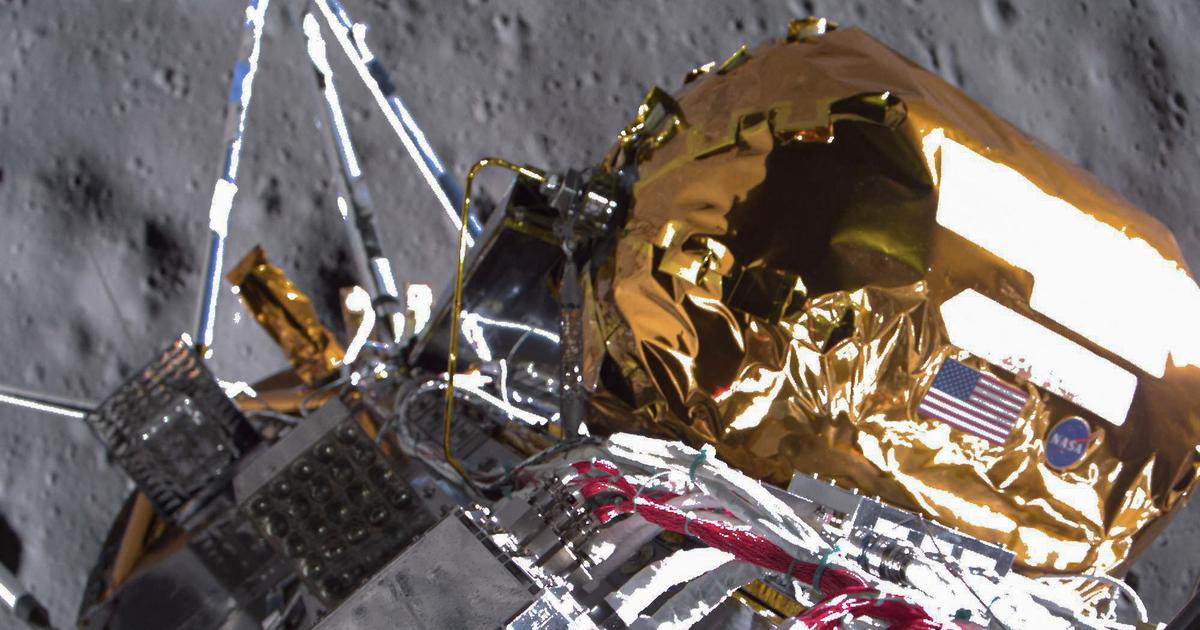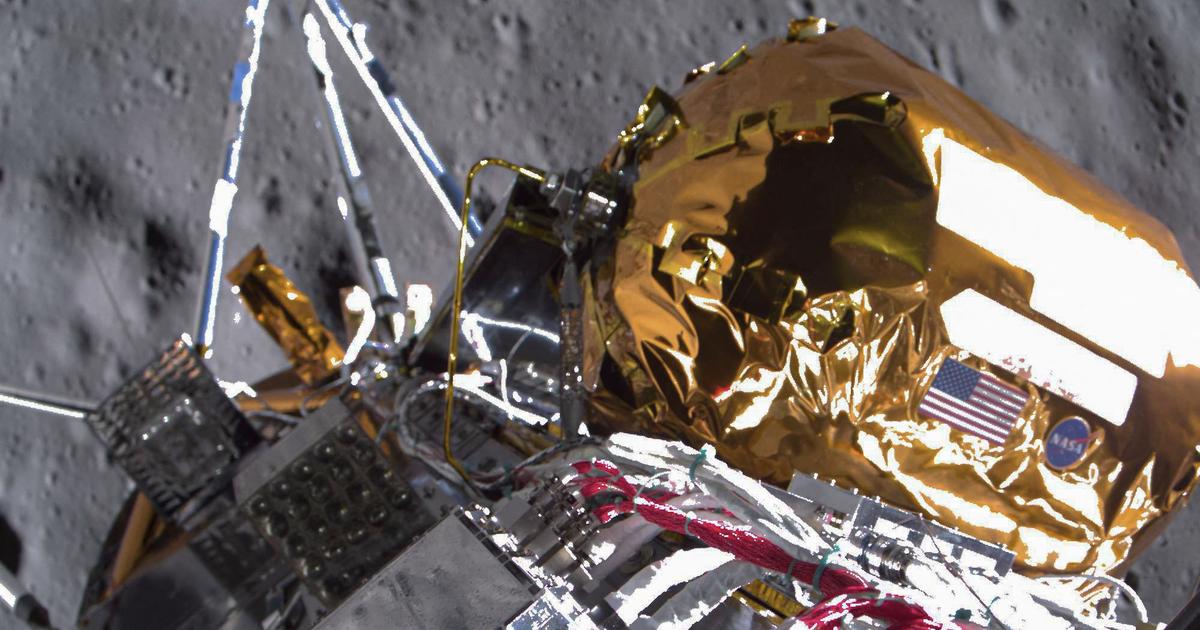A complete success for NASA.
After a four year long journey through space, the US space probe “Osiris-Rex” touched down on the asteroid “Bennu”.
With its robotic arm, the probe collected rock and dust samples that will be examined on their return.
The
NASA
has made a great success.
Your
Osiris-Rex spaceship
has successfully
landed
on the
asteroid "Bennu"
and took dust samples.
The
planned return in 2023
will reveal the insights research
can gain from the
$ 800 million mission
.
Florida - Mission completed: Over
four years
, the
chief scientist Dante Lauretta
been waiting for this moment: When
the first missile NASA
probe landed
"OSIRIS-REx"
on the
four and a half billion years old asteroid Bennu
to refer to rock and dust samples at their planned return in 2023 should be investigated.
A mission worth 800 million US dollars: space probe collected important rock and dust samples in just a few seconds
"Everything went perfectly", emphasized chief scientist
Dante Lauretta
after the successful landing of the probe.
The missions cost a total of around $
800 million
.
Moreover, it was still the
first successful landing
of a
spacecraft
of
NASA on an asteroid
.
On Wednesday night, the
US probe "Osiris-Rex"
collected
any rock and dust samples
from the
asteroid Bennu
with its
robot arm
within a few seconds
, which should later contribute to
understanding the formation of our solar system
.
Check out this post on Instagram
🌟TOUCH DOWN, BENNU! 🌟 Asteroid Bennu has been booped!
Shown here is a visualization of the TAG (Touch-And-Go) event from our @osiris_rex mission that really happened more than 200 million miles away, TODAY!
It begins with the spacecraft's departure from orbit and continues through key moments including the checkpoint, matchpoint, TAG, and backaway maneuvers.
Next stop: Earth in 2023!
Major congratulations to the TAG team of @NASAGoddard, @LockheedMartin, @UArizona, and all those who supported this decade-long journey.
Credit: NASA, Kel Elkins #NASA #ToBennuAndBack #Asteroid #Geology #Space #SpaceROCKS #MakingHistory #TAGTeamBackAgain
A post shared by NASA (@nasa) on Oct 20, 2020 at 5:05 am PDT
Possibly the space probe will "
bring home
a
baby photo
of how the
solar system and its chemistry were billions of years ago
," quoted the German press agency NASA scientist Michelle Thaller.
In addition, chief scientist Thomas Zurbuchen emphasized that Bennu
could teach
people something about "
the history of the earth
and the solar system".
The "Osiris Rex" space probe is expected to start its return journey soon: Samples taken will be dropped on Earth in 2023
The six-meter-long and 2100-kilogram space probe “Osiris Rex” was
launched in September 2016
from the
Cape Canaveral spaceport
on the east coast of Florida
out, arrived
at Bennu
about
two years later
and circled him for
another two years
to scientifically examine him.
The mission to remove branch diode dust also went smoothly and, according to chief scientist Dante Lauretta, is
"wonderful and historic,"
as
reported by
spiegel.de
.
As planned, the
robotic spaceship's stay
on the celestial body lasted only
about five seconds
on Tuesday
.
In doing so, she expelled pressurized nitrogen, whirled up the sample material, sucked it up and then removed itself again.
However, it will only be revealed in the coming days whether the sample taken is usable and sufficient.
The aim was
to collect
at least 60 grams
.
Should the available material not be sufficient, NASA plans
another landing maneuver on January 12th.
As the dpa reported, the space probe will then
begin
its long journey back to earth
in
March 2021
and, as planned, drop the collected samples over a desert in the state of Utah with a parachute in 2023.
(mrf)
Meanwhile, NASA wants to set up an asteroid defense system, where German scientists are also on board.
Researchers have also discovered the first signs of life on Venus.
List of rubric lists: © picture alliance / NASA / dpa








